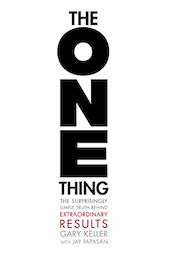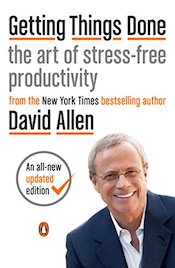
Crucial Conversations: Tools for Talking When Stakes Are High, Third Edition
by Joseph Grenny, Kerry Patterson, Ron McMillan, Al Switzler, and Emily Gregory
Relationships, careers, organizations, and communities benefit when the people involved have the skills to openly and successfully discuss high-stakes, emotional, controversial issues — when they have the skills to engage in and guide crucial conversations successfully.
Crucial Conversations walks you through an entire toolset for staying cool and getting results during these challenging conversations. In addition to the opening chapters that describe crucial conversations, the book is organized into three parts. Part one covers what to do before a conversation. Part two addresses how to manage crucial conversations, including managing yourself. Part three outlines how to wrap up crucial conversations and move from dialogue to action.









